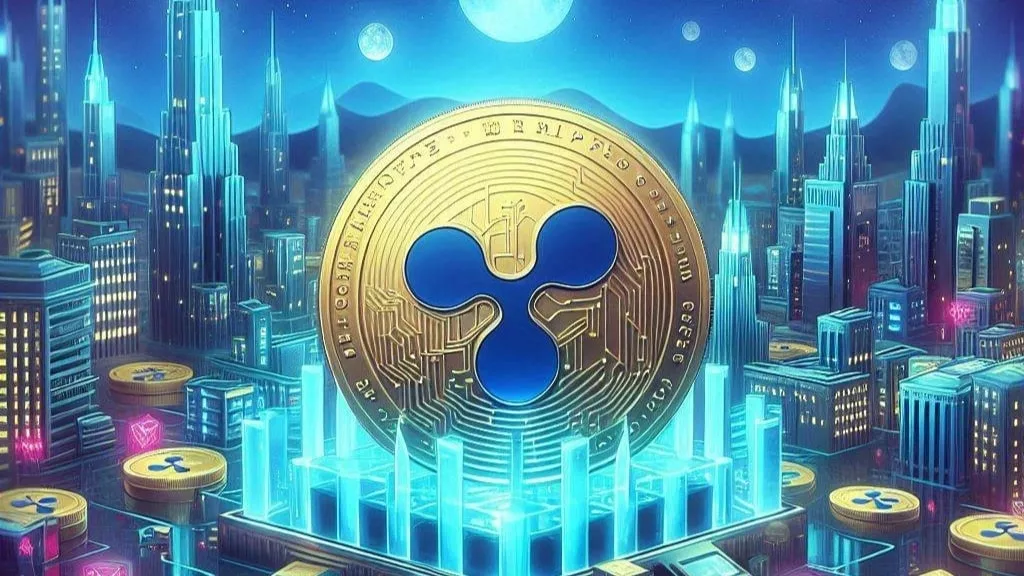
Ripple, a leading player in the crypto currency world, has recently disclosed its extensive XRP holdings. According to the company’s latest quarterly report, Ripple currently holds 4.682 billion XRP tokens in its wallets. Additionally, a significant portion of XRP remains locked in an on-ledger escrow system, providing insight into the company’s strategic management of its cryptocurrency assets.
Ripple’s Escrow System Explained
Ripple implemented its escrow system in 2017 to manage the release and distribution of XRP tokens. Initially, the company locked 55 billion XRP tokens into escrow, with a plan to release one billion tokens per month according to a predefined schedule. This system was designed to ensure a controlled release of XRP into the market, mitigating the potential for market flooding and price volatility.
Currently, 39.5 billion XRP tokens are still locked in escrow. The remaining tokens are gradually released each month, and Ripple occasionally re-locks some of these tokens to manage supply and demand more effectively. This strategy reflects Ripple’s ongoing commitment to maintaining stability and managing the market impact of its large token reserves.
Potential for “Black holing” Escrow Tokens
Earlier this year, Ripple’s Chief Technology Officer (CTO), David Schwartz, discussed the possibility of “blackholing” escrow tokens. This method would render the tokens unusable, essentially removing them from circulation. However, Schwartz noted that this scenario is unlikely. Initially, Ripple intended to use the escrowed tokens for various purposes, including giveaways. However, as XRP’s market price increased, the company shifted its strategy.
Ripple explored several alternatives to selling XRP directly, including sales with lockups and using XRP to incentivize business partners. Despite these efforts, the company found that these methods were comparable to direct sales in terms of market impact. Therefore, the strategic focus has shifted towards managing the release and utilization of XRP more effectively.
Market Impact and Volatility
The recent report highlights significant volatility in the XRP market during the second quarter of the year. XRP experienced realized volatility above 90% before decreasing to 45% later in the quarter. This fluctuation under scores the challenges Ripple faces in managing its XRP holdings and the impact of broader market conditions on the cryptocurrency’s stability.
Ripple’s Strategic Decisions and Market Influence
Ripple’s handling of its XRP reserves and the escrow system plays a crucial role in shaping the crypto currency’s market dynamics. By controlling the release of tokens and exploring various strategies to manage its holdings, Ripple aims to minimize market disruptions and maintain a balanced approach to token distribution.
The company’s decision to forgo some of its initial plans, such as using escrowed tokens for giveaways, reflects a strategic pivot in response to changing market conditions. As Ripple continues to adapt its approach, understanding these dynamics is essential for investors and market observers alike.
Looking Ahead: Ripple’s Future Plans
As Ripple moves forward, the management of its XRP holdings will remain a key factor in its overall strategy. The company’s ability to navigate market volatility and effectively utilize its tokens will influence its position in the crypto currency market and its interactions with investors and partners.


Get the latest Crypto & Blockchain News in your inbox.